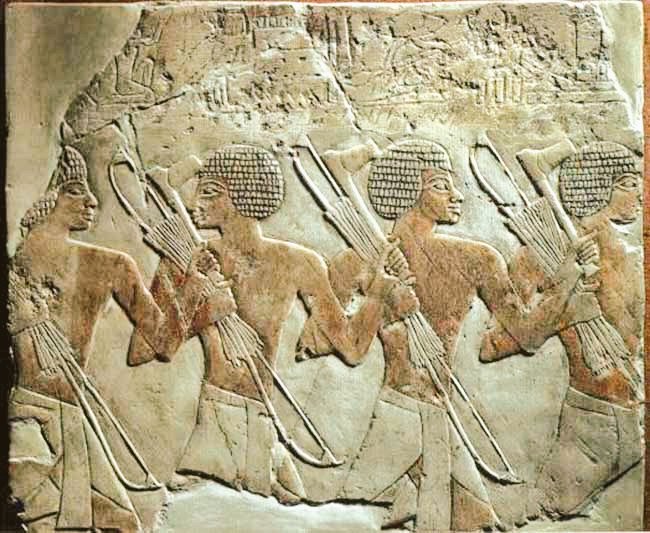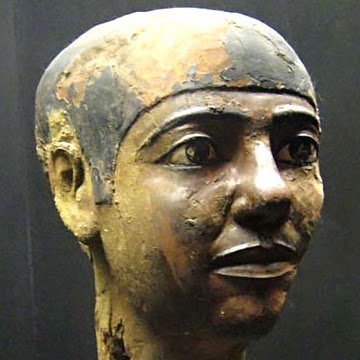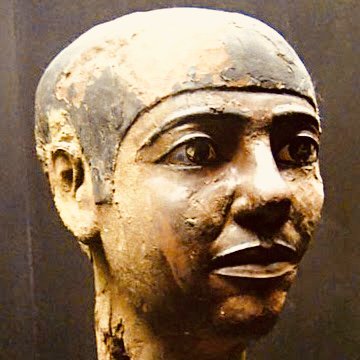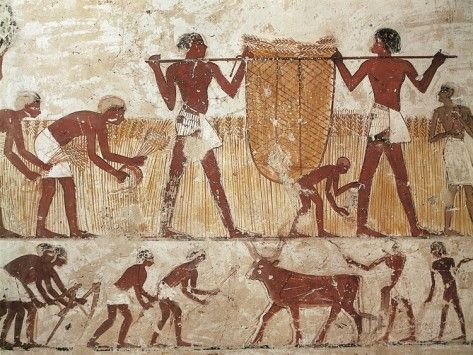
#BlackHistoryMonth
"The Persian King Cambyses II quickly and brutally conquered Egypt. But, he failed to conquer The Kingdom of Kush."
Herodotus reports that #Cambyses wanted to conquer #kushboo.
He sent "spies" to the pharaoh of Kush disguised ...
"The Persian King Cambyses II quickly and brutally conquered Egypt. But, he failed to conquer The Kingdom of Kush."
Herodotus reports that #Cambyses wanted to conquer #kushboo.
He sent "spies" to the pharaoh of Kush disguised ...

... disguised as messengers bearing gifts.However, the Kushite pharaoh, as Herodotus explains, realized that the Persian messengers were spies." The king mocked Cambyses' gifts in front of the messengers and sent them back with a bow.
The messengers were instructed to deliver the following message to Cambyses: "when the Persians draw their bows (of equal size as mine) as easily as I do this, then ... 

... then he [Cambyses] should march against the long lived Ethiopians [Kushites]"(Herodotus iii. 21).
Cambyses was infuriated and, in response, led a large army to Kush. However, when he "had passed over the fifth part of the way"(Herodotus iii. 25) in the barren deserts of Nubia, Cambyses' army ran out of supplies. 



"Herodotus writes that the Persian army got so hungry that the soldiers resorted to cannibalism. Cambyses eventually gave up the expedition and turned back."
"... traveling from the city of Premnis (Lower Nubia) to conquer Kush, he was "overwhelmed by the setting in of a whirlwind"(Strabo xvii. 54)4 and was consequently forced to head back."
"According to #Herodotus, the Kushites did not pay tribute to Persia. Instead they sent precious gifts to the Persian king, including gold, ebony and elephant tusks. We also know from Herodotus, that part of the Persian army of King Xerxes ...
Who was the black Pharaoh that angered the Persian King?
"The Goddess #ISIS was a powerful protector of the dead in ancient Nubia & Egypt. This gold pectoral was sewn into the mummy wrappings of Amaninatakelebte."
Boston Museum of Fine Arts

"The Goddess #ISIS was a powerful protector of the dead in ancient Nubia & Egypt. This gold pectoral was sewn into the mummy wrappings of Amaninatakelebte."
Boston Museum of Fine Arts

"Wall inlay of lion, classic Kerma period, 1700-1550 BCE, found at Kerma, blue faience. From “Ancient Nubia Now” at Boston’s Museum of Fine Arts." 

"Flint arrowheads, early Napatan periods, 860-840 BCE, found at el-Kurru. From “Ancient Nubia Now” at Boston’s Museum of Fine Arts, Jan. 15, 2020." (Greg Cook photo) 

"Statue of the African king #Senkamanisken, 643-623 BCE, Napatan Period, reign of Senkamanisken, granite gneiss. From “Ancient #Nubia Now” at Boston’s Museum of Fine Arts." 

Loincloth of the Nubian man #Maiherperi, a member of the royal court during the reign of Thutmose III. He was one of the few non-royal individuals buried in the Valley of the Kings. An entire gazelle skin ( 

An entire gazelle skin (except for the border and a patch of leather left plain near the top to cover the buttocks) was made into a mesh by cutting it with staggered rows of tiny incisions and then pulling the skin out to expand it. (Egypt, New Kingdom, Dynasty 18, reign ... 

of Thutmose III, 1479–1425 BCE). From “Ancient Nubia Now” at Boston’s Museum of Fine Arts, Jan. 15, 2020. (Greg Cook photo) 

• • •
Missing some Tweet in this thread? You can try to
force a refresh























